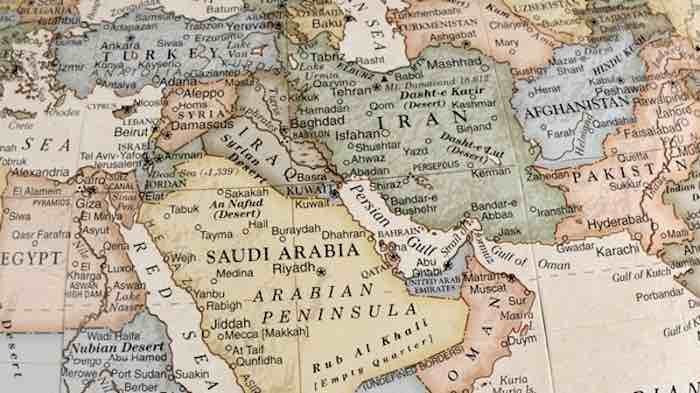The US still has a stake in the region, so it must be willing to pair sanctions with diplomacy, and, if required, be ready to use limited military force
It was Aug. 5, 1990, just days after Saddam Hussein’s Iraq had invaded and conquered all of Kuwait, and then-US president George H.W. Bush could not have been clearer as he spoke from the South Lawn at the White House: “This will not stand, this aggression against Kuwait.”
Over the next six months, Bush proved to be a man of his word, as the US sent a half-million soldiers to the Middle East and led an international coalition that liberated Kuwait.
Three decades later, a very different US president embraced a very different US policy.
In the wake of abandoning its Kurdish partners in Syria who had fought valiantly in defeating Islamic State terrorists, the US stood by as Iranian drones and missiles attacked Saudi Arabian oil installations, temporarily taking half of its capacity offline.
Welcome to the post-US Middle East. To be fair, the phrase is something of an exaggeration, as the US has not withdrawn from the region. It has recently sent additional troops to deter and, if necessary, help defend Saudi Arabia from Iranian attacks and possibly respond directly to them.
Yet there is no getting around the fundamental truth that the US has reduced its presence and role in a region that it has dominated for nearly a half-century.
The roots of this trend date back to then-US president George W. Bush, whose decision to launch an ill-advised and poorly designed war of choice against Iraq proved to be a turning point in US foreign policy.
The high costs and poor results of that war turned the US public against military involvement in the region, which influenced then-US president Barack Obama as he chose not to follow through on his warnings to the Syrian government that use of chemical weapons would cross a “red line” and trigger grave consequences.
Obama also decided not to follow up the NATO-led intervention in Libya that removed late Libyan leader Muammar Qaddafi’s regime but left behind a divided country and a failed state.
US President Donald Trump shares this aversion to military involvement in the region. In addition, increased domestic production of oil and gas has diminished the direct importance of the Middle East to the US.
Moreover, renewed great power rivalry has increased the need for the US to shift resources and attention to Europe to counter Russia, and to Asia to offset China.
The Trump administration has distanced itself from the Middle East in myriad ways beyond demonstrating a reluctance to use military force or station soldiers in conflict zones. Diplomacy is largely absent.
Trump has chosen to ignore human rights violations in Saudi Arabia and Egypt, and his administration has not made any serious effort to resolve the Israeli-Palestinian conflict.
The greatest source of uncertainty in the region involves Iran.
The Trump administration unilaterally withdrew from the 2015 nuclear agreement, despite Iran’s compliance with it.
The administration then introduced a policy of “maximum pressure,” consisting mainly of severe economic sanctions, which are having a demonstrable effect on Iran’s economy — by some estimates causing its GDP to shrink by nearly 10 percent this past year.
However, if the effect of the sanctions is apparent, their purpose is not. What is clear is that Iran is going to respond to the US’ economic warfare with warfare of its own.









